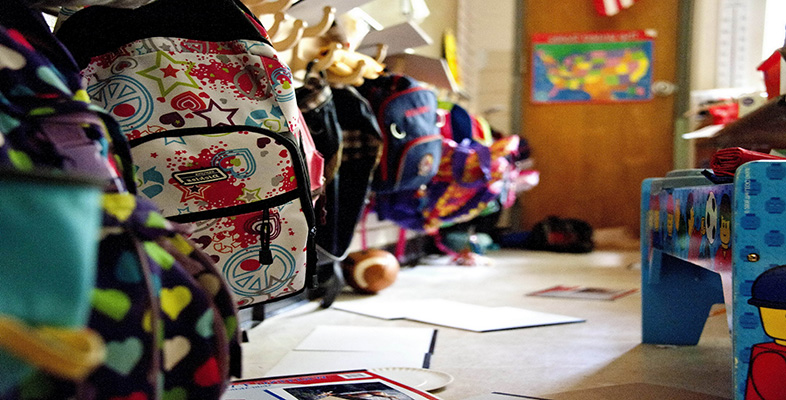3.2 Assisting, supporting and teaching
The idea that teaching assistants ‘assist’ teachers and ‘support’ learning has been the official view of a teaching assistant’s role for a long time and many policy makers continue to regard their work in this way. Suggesting that teaching assistants teach children has been taboo but this appears to be changing. In England and Wales HLTAs were originally meant to ‘cover’ lessons that were previously planned lessons by teachers but there is reason to think that many are teaching, not least because covering invariably involves interaction with children and that potentially moves an adult into a teaching relationship (Hancock et al., 2010; Sendorek, 2009). The Open University’s Foundation Degree for teaching assistants is clear about being a degree in primary ‘teaching and learning’ rather than a degree ‘in supporting learning’, for example. Dillow (2010, p. 8) suggests that teaching assistants are involved in jobs that ‘look like teaching’, as well as in more traditional assisting tasks. Blatchford et al. (2012) state that if teaching assistants have a ‘direct pedagogical, instructional relationship with pupils’ (p. 140) they are to all intents teaching.
Although, in theory, ‘assisting’ marks out a conceptual distinction between teachers and assistants, in practice this is very difficult to maintain. This is because the effect of what adults do with children in schools is, to a considerable degree, determined by children’s reactions to the adults who work with them. Teaching is not something that can be done ‘to’ children. In order to be successful, it is an act that needs their involvement – something that is done ‘with’ them. Children are therefore always agents in the teaching enterprise because they have influence over whether or not teaching happens. It therefore follows that a teaching assistant could conceivably, from a child’s perspective, teach more effectively than a teacher. Eyres et al. (2004) note this in a study of how children perceive the difference between teachers and teaching assistants.
